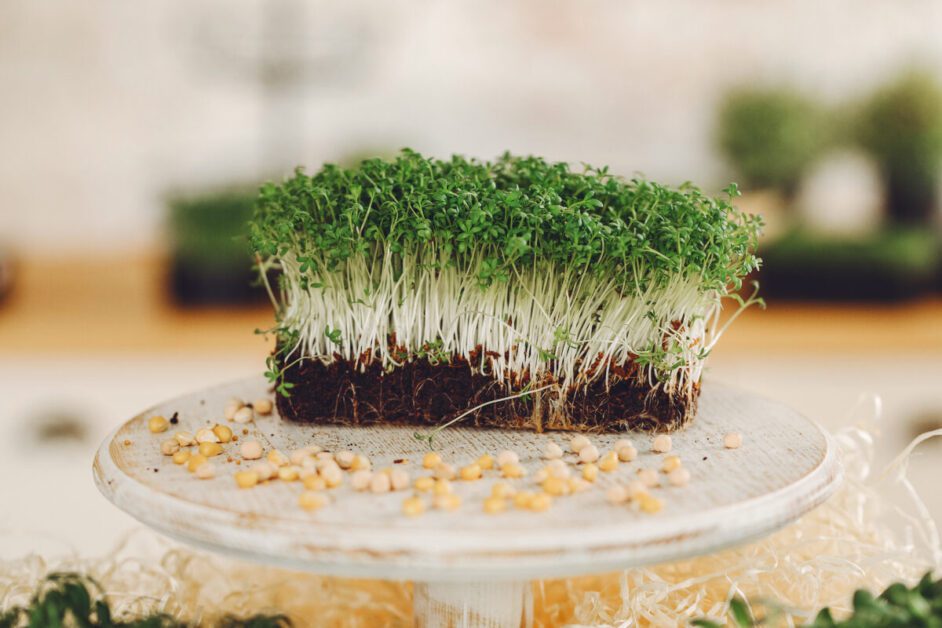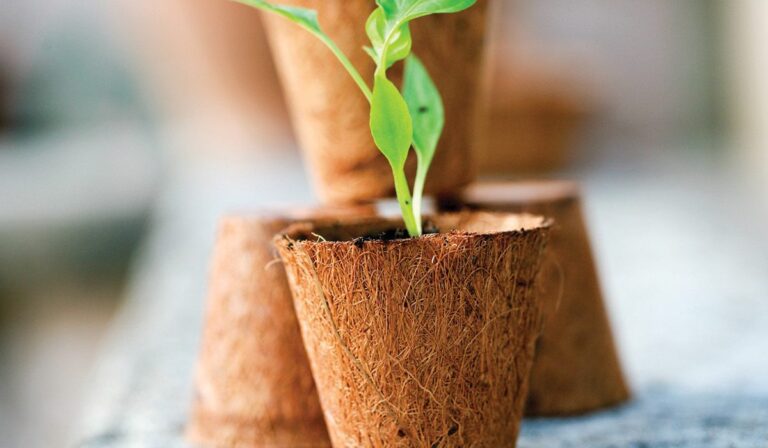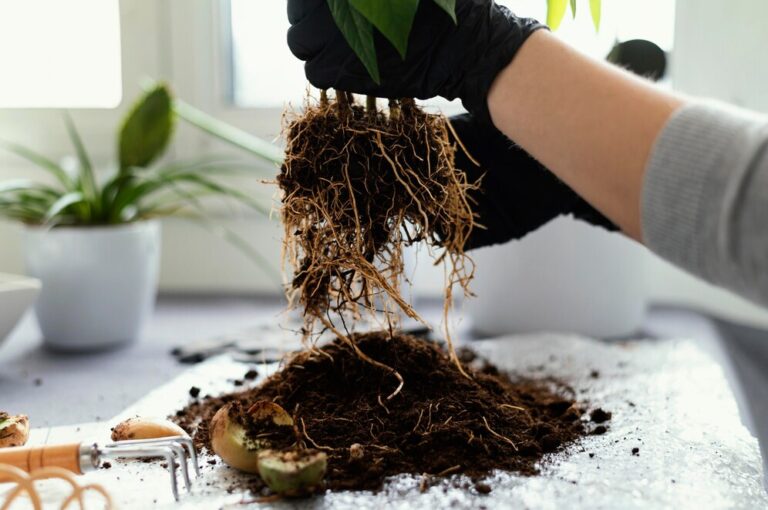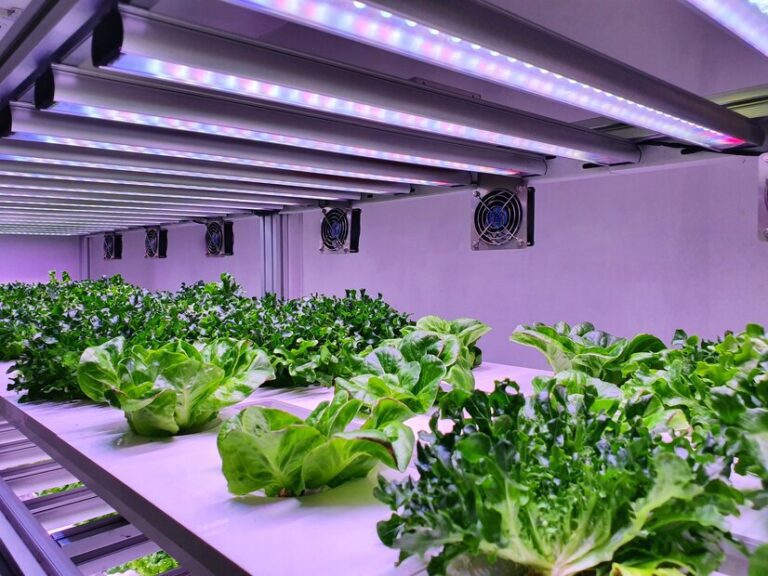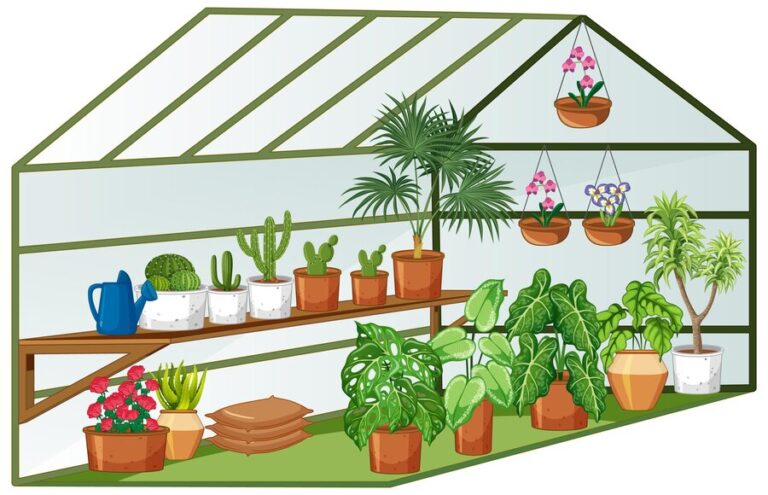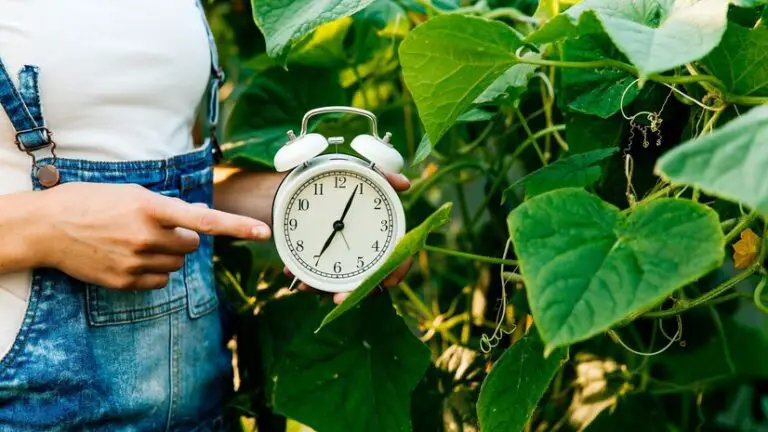How to Grow Microgreens Faster and Healthier with These Hydroponic Growing Mediums
Table of Contents
Troubleshooting Common Issues with Hydroponic Growing Mediums for Microgreens
Hydroponic growing mediums are an essential component in the successful cultivation of microgreens. However, even with careful planning and execution, issues can arise that hinder the growth and development of these delicate plants. Troubleshooting common problems with hydroponic growing mediums for microgreens is crucial to ensure optimal yields and healthy crops.

One common issue that growers may encounter is poor water retention in the growing medium. This problem can lead to inconsistent moisture levels, which can negatively impact seed germination and root development. To address this, it is important to choose a growing medium that has a balanced water-holding capacity. Peat moss, coco coir, and vermiculite are popular choices as they provide good water retention while still allowing adequate drainage. Additionally, implementing proper irrigation techniques, such as regular monitoring and adjusting water levels, can help maintain optimal moisture levels for the microgreens.
Another issue that growers may face is nutrient deficiency or imbalance within the growing medium. Microgreens have specific nutritional requirements, and any discrepancy in the nutrient supply can lead to stunted growth or poor-quality crops. Conducting regular water and nutrient tests can help identify any deficiencies or imbalances. Microgreens are commonly grown using liquid nutrient solutions, which can be adjusted to meet the plants’ specific needs. Maintaining a balanced nutrient solution, based on the recommended ratios for microgreens, can contribute to healthy and vibrant growth. Furthermore, periodically monitoring the pH levels of the growing medium is essential as nutrient uptake can be affected by pH imbalances. Adjusting the pH within the recommended range can promote optimum nutrient absorption and overall plant health.
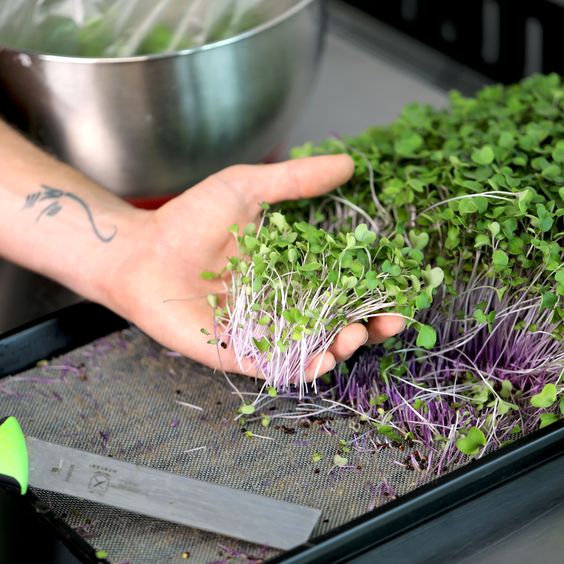
By troubleshooting these common issues with hydroponic growing mediums for microgreens, growers can ensure the successful cultivation of these nutritious greens. Taking proactive measures to address water retention and nutrient imbalances will greatly contribute to maximizing yields and achieving high-quality microgreens. With the right knowledge and attention to detail, growers can create an ideal environment for microgreens to thrive and flourish.
– Choose a growing medium with balanced water-holding capacity (peat moss, coco coir, vermiculite)
– Implement proper irrigation techniques to maintain optimal moisture levels
– Conduct regular water and nutrient tests to identify deficiencies or imbalances
– Adjust liquid nutrient solutions based on recommended ratios for microgreens
– Monitor pH levels of the growing medium and adjust within the recommended range for optimum nutrient absorption
– Take proactive measures to address water retention and nutrient imbalances for successful cultivation
– Maximize yields and achieve high-quality microgreens by creating an ideal environment
Experimenting
In the world of hydroponic gardening, experimenting is a key component of pushing the boundaries and discovering new methods to enhance the growth of microgreens. As a gardener, it is essential to embrace the spirit of curiosity and innovation when it comes to testing new approaches. By conducting experiments, you can uncover valuable insights that can revolutionize your hydroponic setup and ultimately lead to improved yields and plant health.
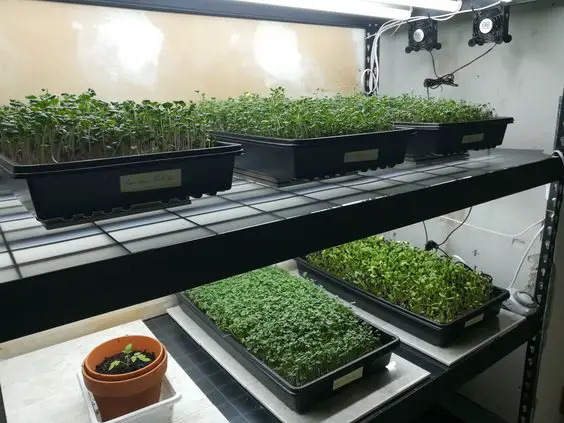
When embarking on an experiment, it is crucial to establish a clear hypothesis or goal. This will provide a focus and direction for your investigation, allowing you to evaluate the specific variables you aim to test or manipulate. For example, you may want to explore the effects of different lighting conditions on microgreen growth, or perhaps investigate the optimal nutrient solution concentration for a particular variety. By carefully defining your objective at the outset, you can design an experiment that is both controlled and systematic, enabling you to draw meaningful conclusions from the data you collect.
• Establish a clear hypothesis or goal before conducting an experiment
• Define the specific variables that you aim to test or manipulate
• Explore the effects of different lighting conditions on microgreen growth
• Investigate the optimal nutrient solution concentration for a particular variety
• Design an experiment that is controlled and systematic
• Draw meaningful conclusions from the data collected
What are some common issues that can occur when using hydroponic growing mediums for microgreens?
Some common issues include mold or fungal growth, poor drainage, nutrient imbalance, and root rot.
How can I troubleshoot mold or fungal growth in hydroponic growing mediums?
To troubleshoot mold or fungal growth, ensure proper air circulation, reduce humidity levels, and avoid overwatering. Additionally, using sterilized growing mediums and maintaining cleanliness in your hydroponic system can help prevent mold growth.
What should I do if my hydroponic growing medium has poor drainage?
If you encounter poor drainage, you can try adding perlite or vermiculite to the growing medium to improve its drainage capabilities. Alternatively, you may need to adjust the composition of your growing medium to achieve optimal drainage.
How can I address nutrient imbalances in my hydroponic growing medium?
To address nutrient imbalances, regularly monitor the pH and nutrient levels of your hydroponic solution. Adjust the pH using appropriate pH-up or pH-down solutions, and ensure that the nutrient solution is properly mixed and correctly balanced for microgreens.
What steps can I take to prevent root rot in my hydroponic growing medium?
To prevent root rot, maintain proper oxygen levels in the root zone by ensuring adequate aeration in your hydroponic system. Avoid overwatering and regularly check the moisture levels of your growing medium. Additionally, using sterile growing mediums and maintaining cleanliness can help prevent the growth of harmful pathogens that cause root rot.
Is it recommended to experiment with different hydroponic growing mediums for microgreens?
Yes, experimenting with different hydroponic growing mediums can help you find the one that best suits your microgreens‘ needs. However, it is essential to carefully monitor the results and make adjustments accordingly to optimize the growing conditions.

Kanike Sreekanth, a prolific writer at SouthElMonteHydroponics, brings a unique blend of creativity and scientific rigor to the table. With a degree in Horticulture from a prestigious institution, Kanike’s expertise spans hydroponic farming, plant biology, and agricultural sustainability. Their passion for exploring innovative cultivation methods and promoting environmental stewardship drives them to uncover new insights in the realm of hydroponics. Kanike’s writing serves as a conduit for sharing their knowledge and inspiring others to embrace alternative farming practices for a more sustainable future.

